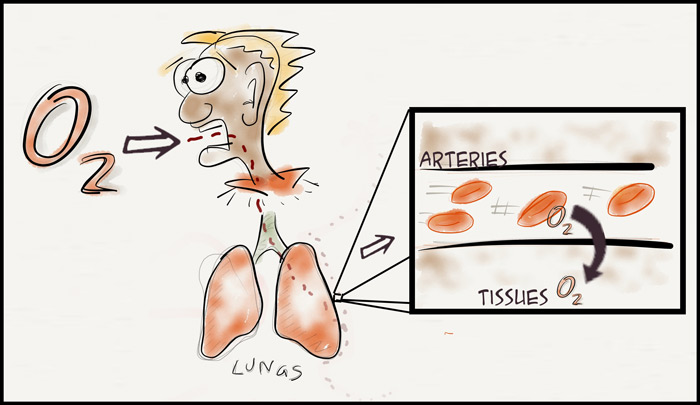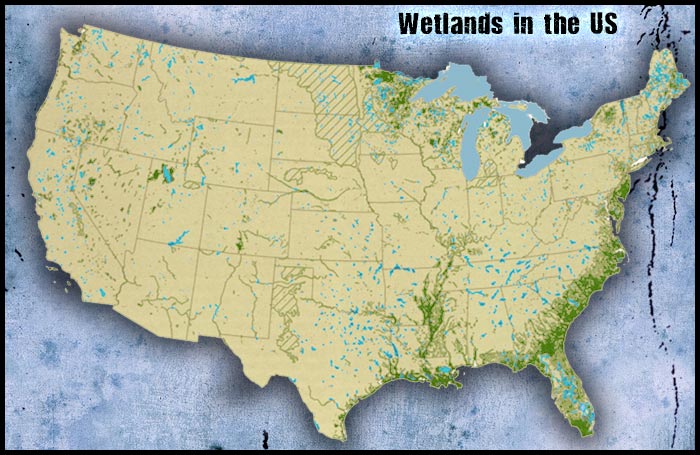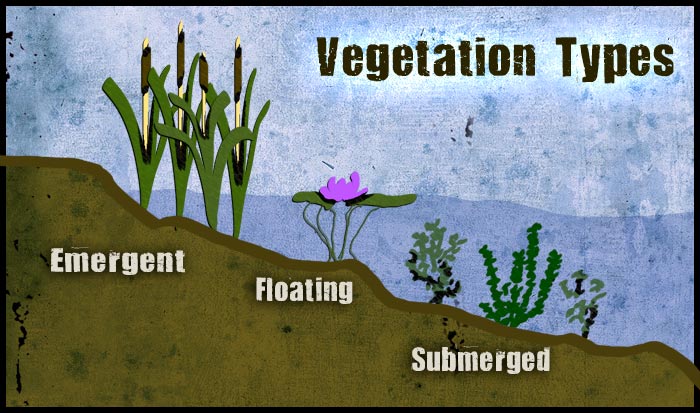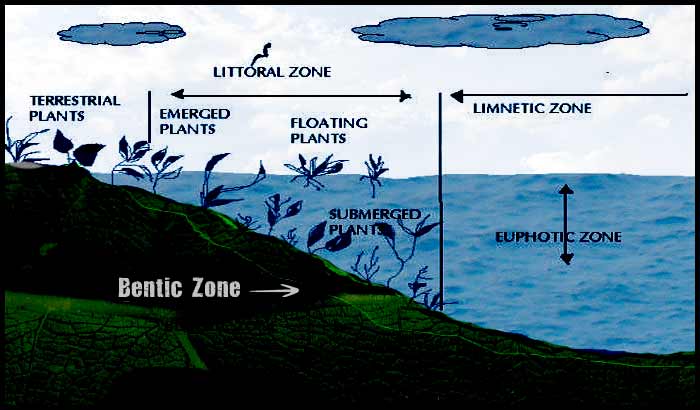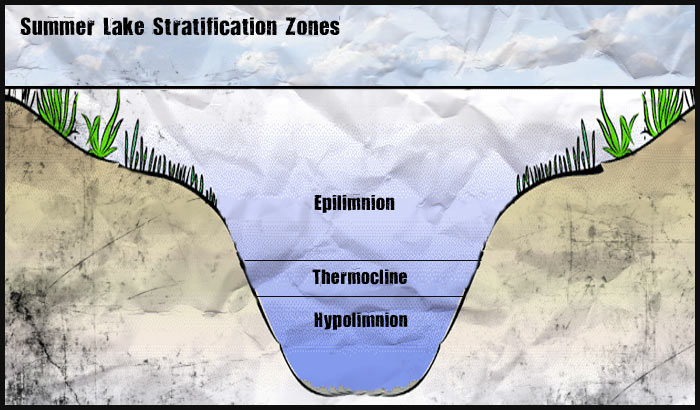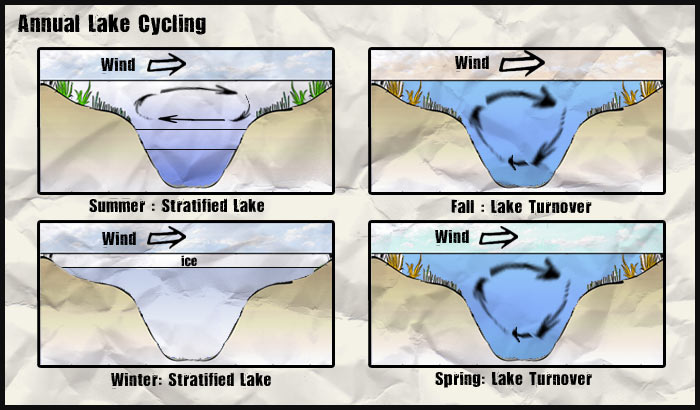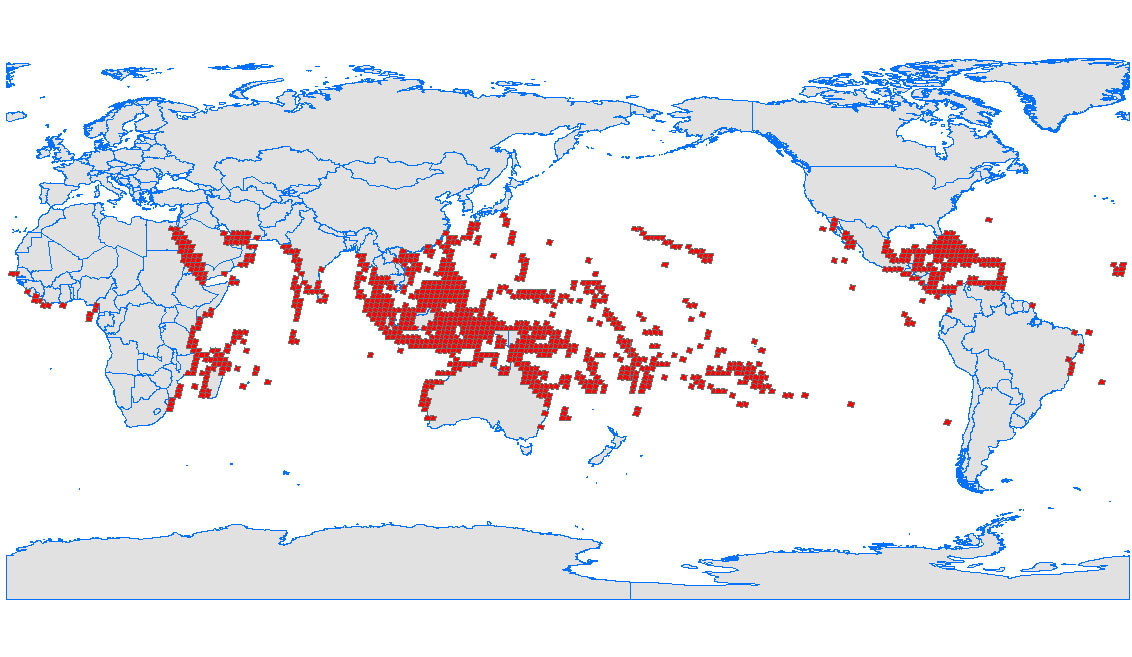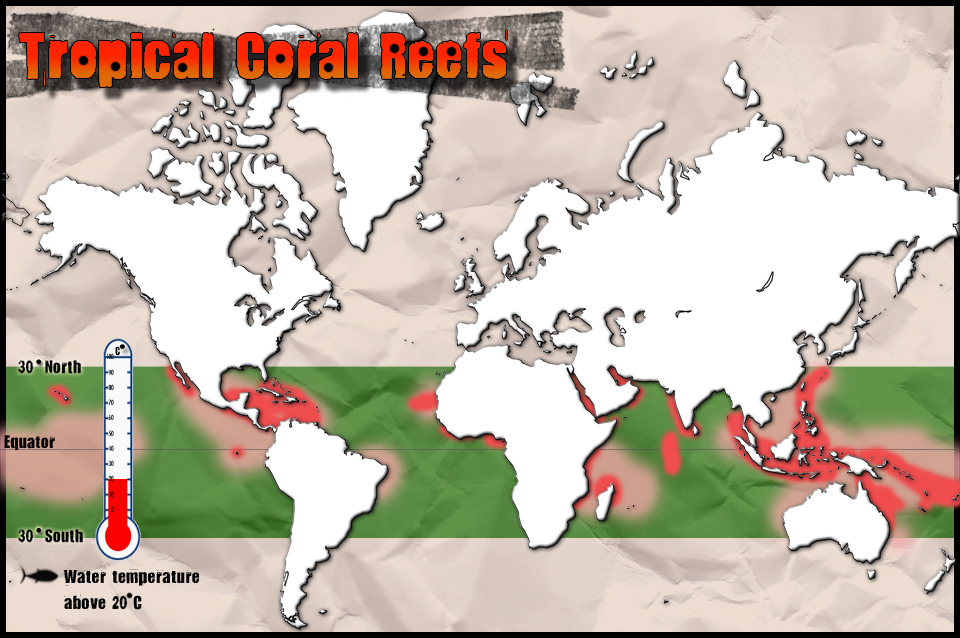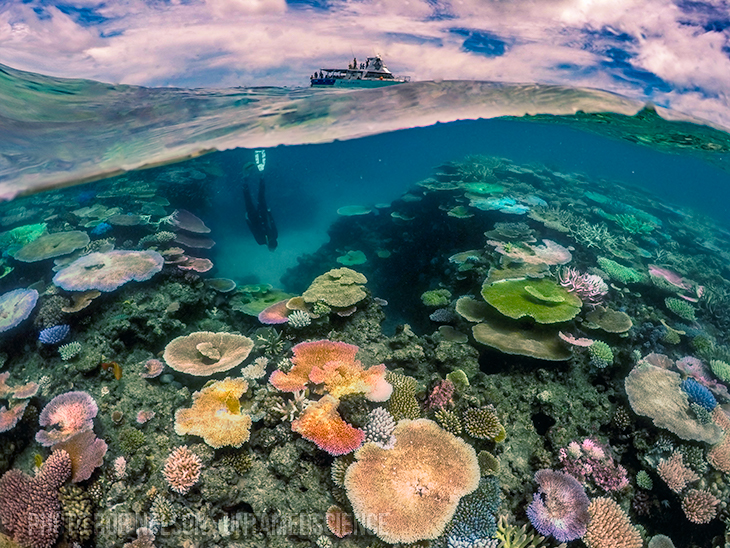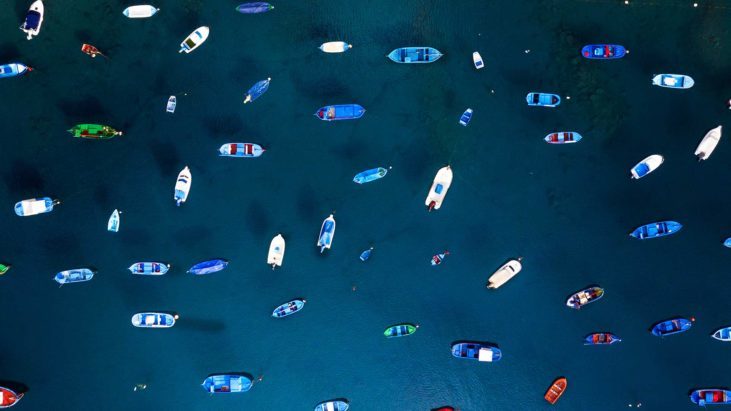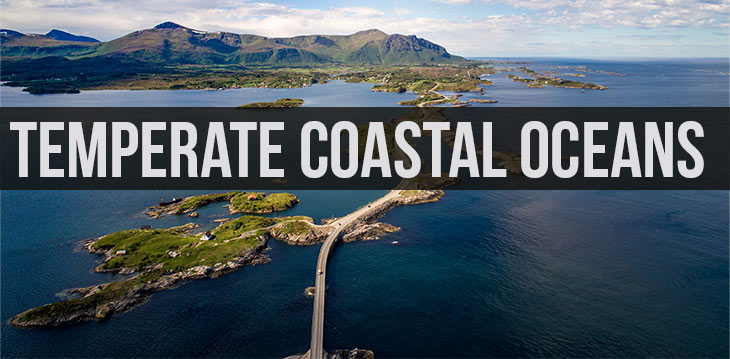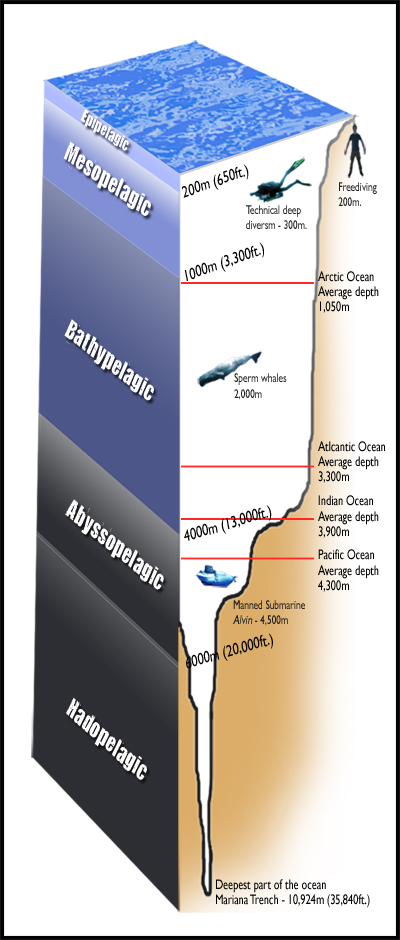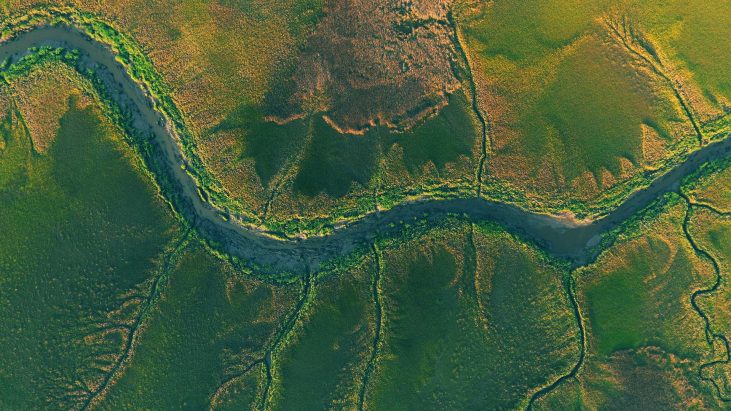When you think of an organ system you probably think of something that has a defined size and shape right? Well blood is one of those that has no defined shape. While an average human will have about 4 to 6 liters of blood within them, our blood flows freely through a closed circulatory system. You can think of blood is a specialized system that delivers necessary substances to the body’s cells — such as nutrients and oxygen — and transports waste products away from those same cells.
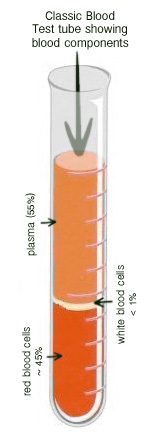 What is blood made of?
What is blood made of?
Blood is made up of many different types of cells that work together. They include red blood cells(erythrocytes), white blood cells (more correctly called leukocytes), and platlets. These cells float in a straw-colored liquid called blood plasma.
If you were to extract someones blood, put it into a vial, and then centifuge it, you’d be able to see that nearly 55% of blood volume is plasma, 45% is composed of red blood cells, and less than 1% is made up of white blood cells. Let us describe in more detail each of the major constituents of blood.
The Plasma
Water makes up 90% of the plasma. The plasma contains a many nutrients that help maintain proper blood and body pH.
Erythrocytes (Red Blood Cells)
Red blood cells are the most abundant cells in the blood. One cubic millimeter of blood may contain about 5.5 million red blood cells. In comparison, there may be only 7,000 white blood cells and 300,000 platelets.
The main function of red blood cells is to transport oxygen to the cells and transport carbon dioxide away from cells. Each red blood cell is a tiny biconcave cell. Inside the cell are molecules of hemoglobin that each bind oxygen for release to the cells. A single red blood cell contains about 250 million hemoglobin molecules. If you multiply the number of hemoglobin molecules in each red blood cell by the number of total blood cells in your body, you can start to appreciate how amazing the circulatory system is at transporting oxygen to the body’s cells.
On average red blood cells have a short life. They circulate in the body for about 3 to 4 months before they are destroyed by phagocytic cells in the liver and spleen. Red bone marrow in the ribs, vertebrae, sternum, and pelvis then replace the red blood cells.
Leukocytes (White Blood cells)
These cells act to to defend the body against disease. Unlike red blood cells, there are actually many different types of leukocytes. Some of the most common are B-cells, T-cells, basophils, eosinophils, lymphocytes, netrophils, and monocytes.
Platelets
Without platelets our body wouldn’t be able to heal efficiently. Platelets help form blood clots, which in turn aid in the healing process. Platelets are really just fragements of bone marrow cells. They are merely fragments of cytoplasm that are surrounded by cell membranes.
A review of the types of blood cells and their function
Do you think you know what blood is made of now? Watch this short video, which we feel summarizes it well.
Interesting Tid bits
Do we have blue blood?
One common misbelief is that our veins carry blue blood back to our lungs where, upon picking up oxygen, our blood turns red again. This is not true. Even though when you look at your wrist it looks like some of your veins are carrying blue blood, it is more of an optical illusion. In reality, hemoglobin that is carrying oxygen makes blood bright red and in the absence of oxygen it is dark red. This dark red blood in your veins tends to look blue from the filtering effect of your skin.
It should be noted, however, that some insects and other invertebrates do have blue blood. This is because the oxygen carrying molecules are not hemoglobin but hemocyanin
Major Blood Functions
- Oxygen is carried from the lungs to the tissues as oxygen binds to hemoglobin molecules.
- Nutrients such as glucose, amino acids and fatty acids are carried to tissues.
- Wastes such as carbon dioxide, urea and lactic acid are carried away from tissues.
- Blood has important immune funcitons. Foriegn bodies are detected by antibodies and white blood cells, which help attack foriegn bodies are present in the blood.
- Not all blood stays in the arteries, veins and capilaries of the circulatory system. Some of it leaks into the body. It is returned to the blood via the lymphatic system.
A Review Video by Mary Poffenroth
Mary is an Untamed Science contributor and San Jose State Associate Professor. This is a short and concise overview of human blood

